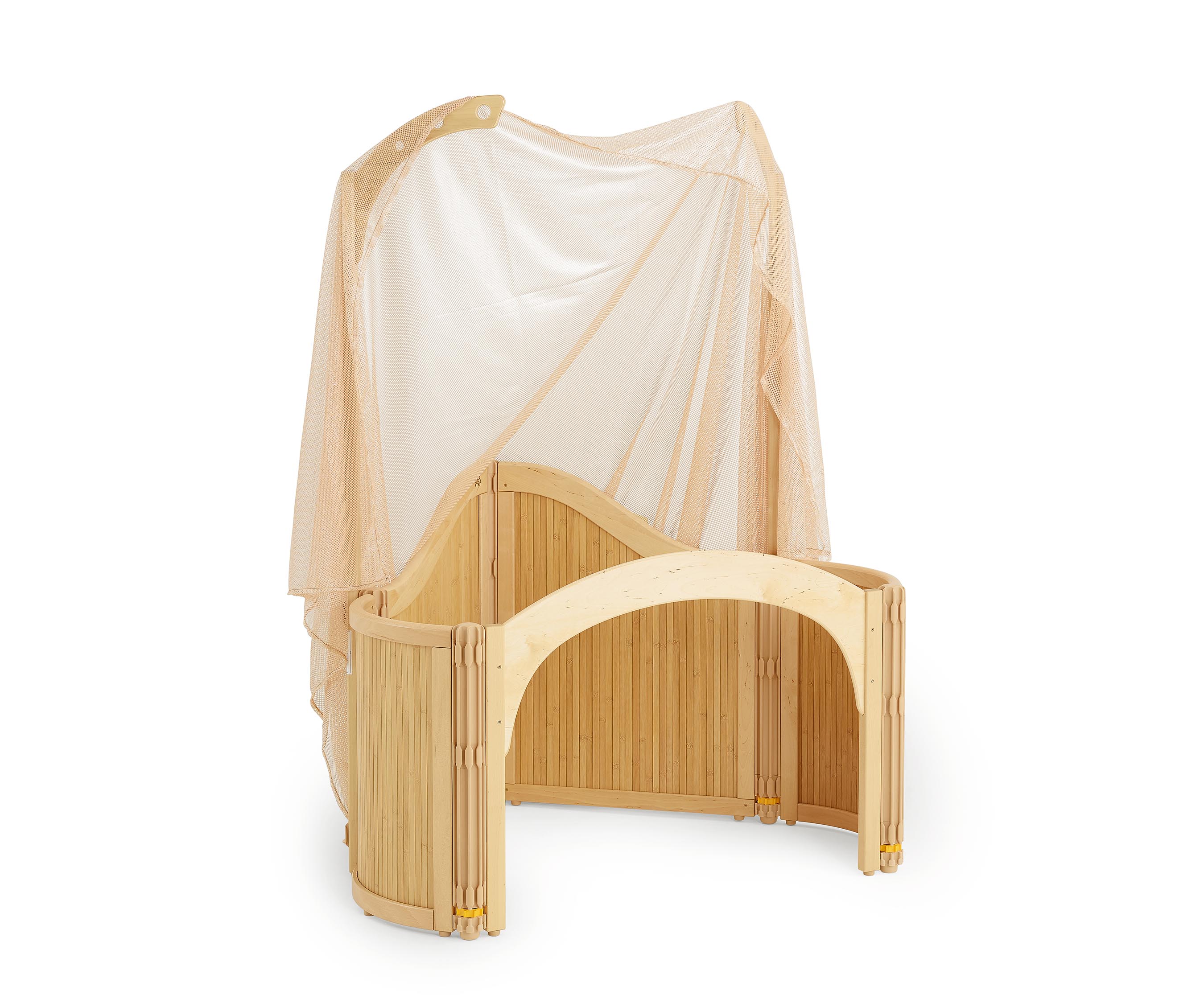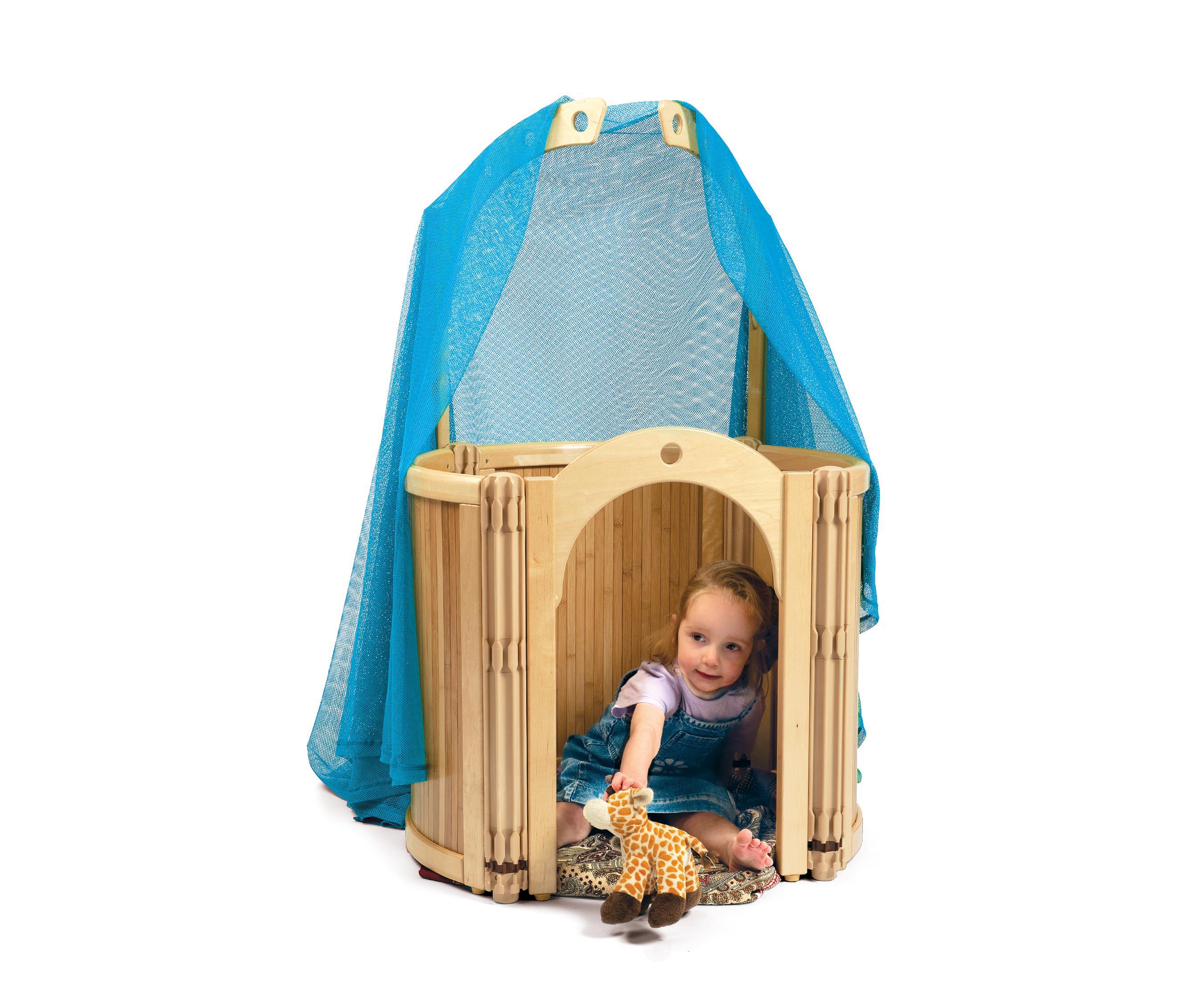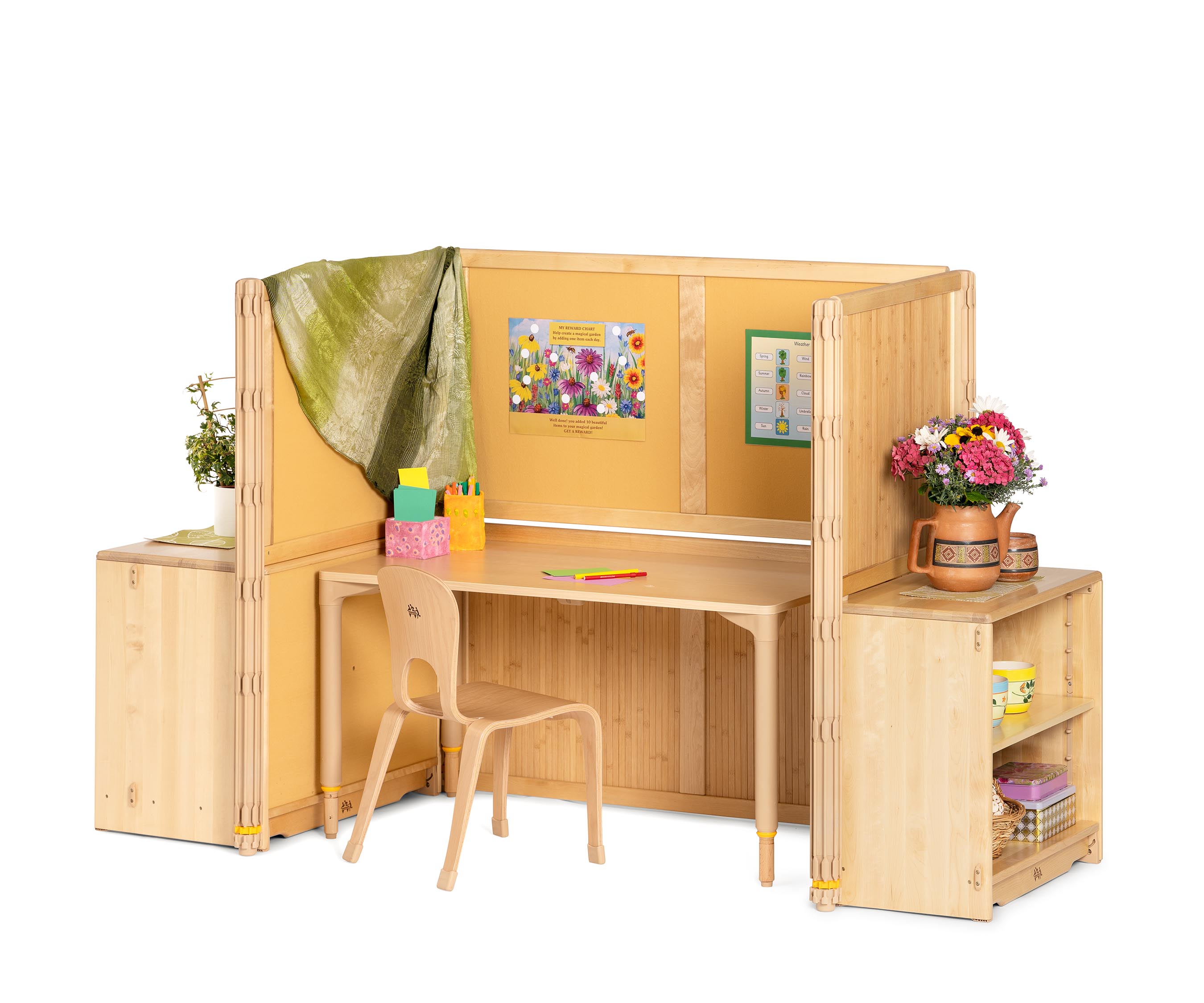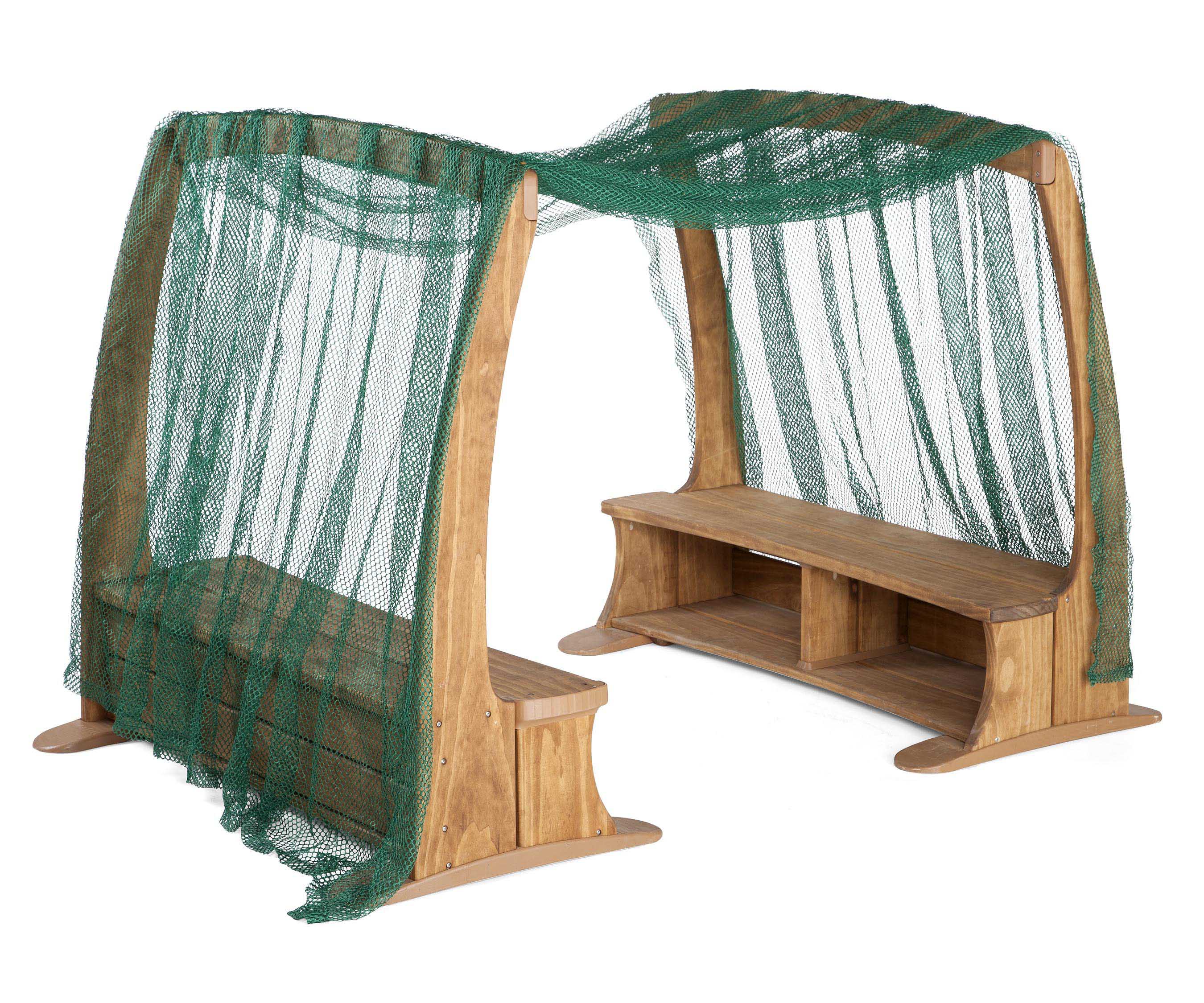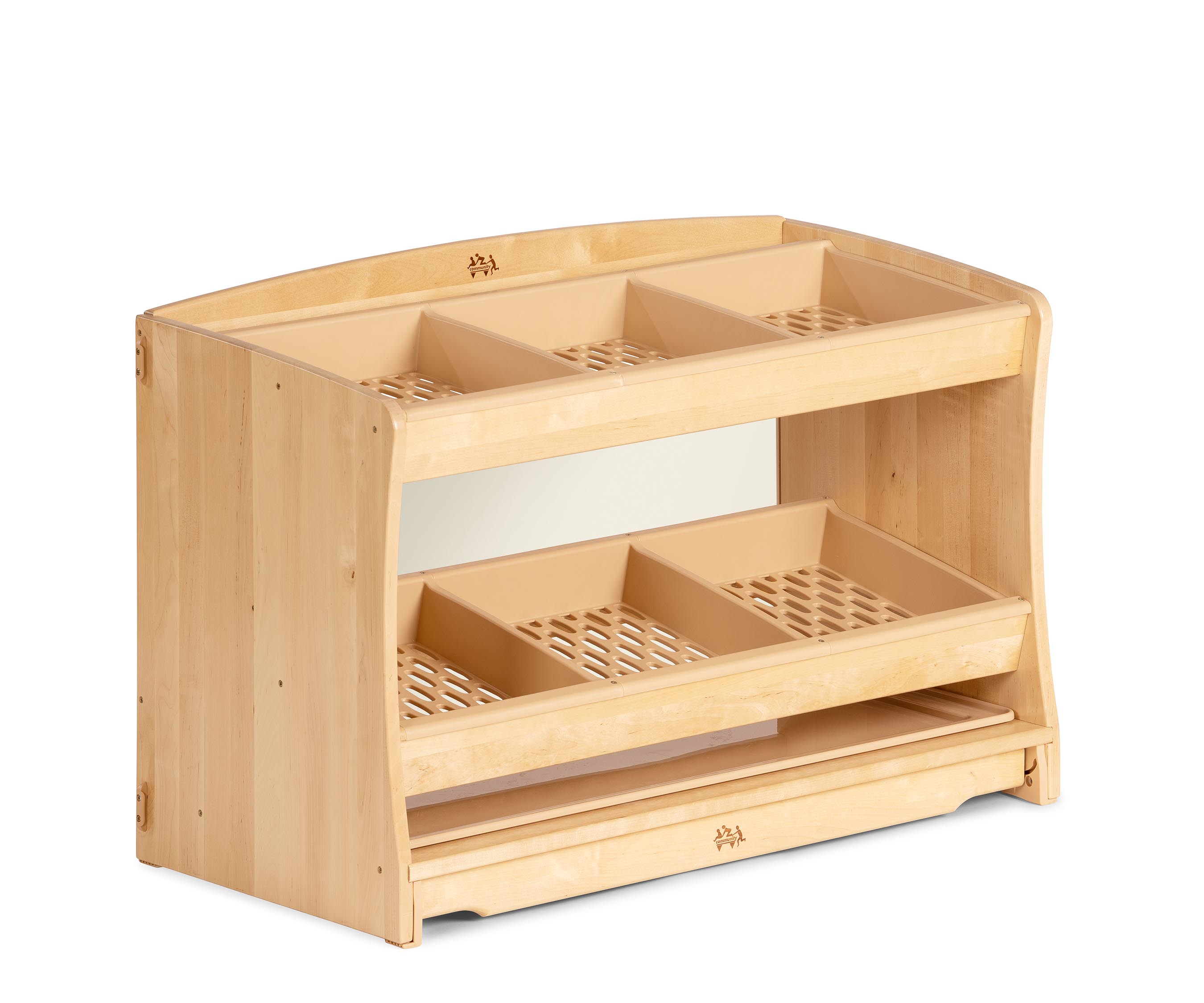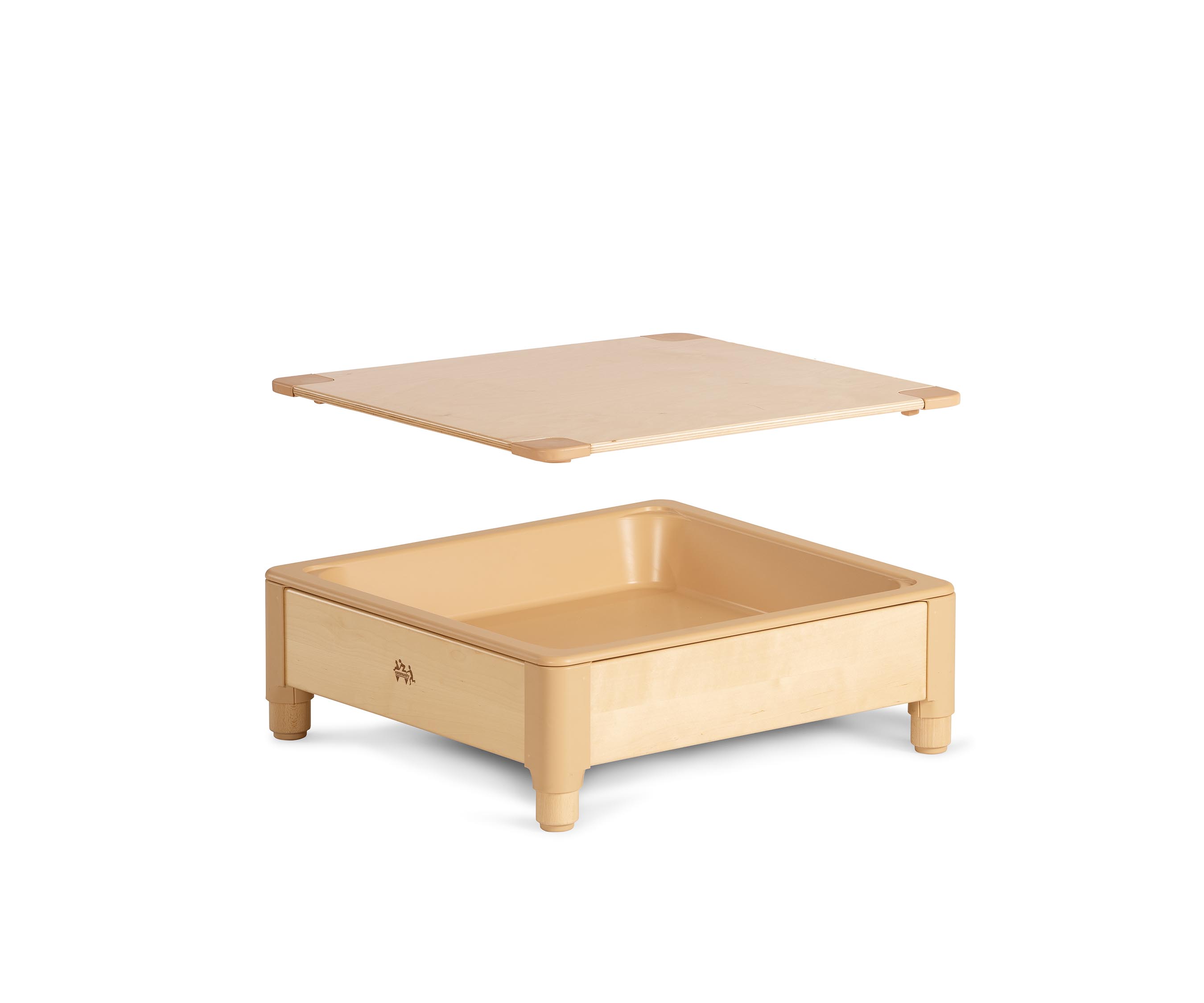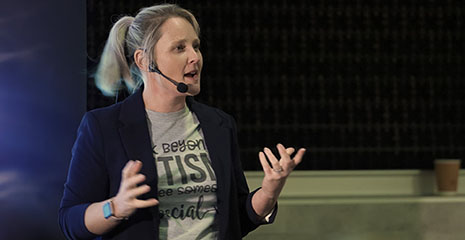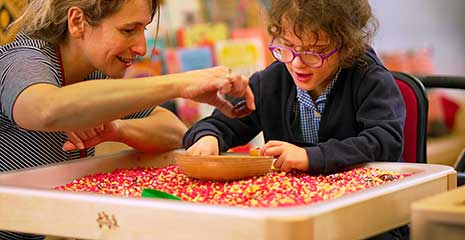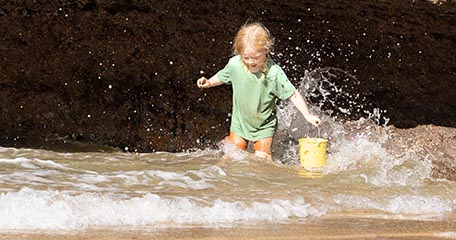Inclusive environments
Give every child the chance to reach their full potential.
In an inclusive setting, children gain skills in citizenship and communication.”
– James Humphries, Headteacher, Kentish Town CofE Primary
Workstations
– Cheryl Bedding, Neurodiversity specialist trainer
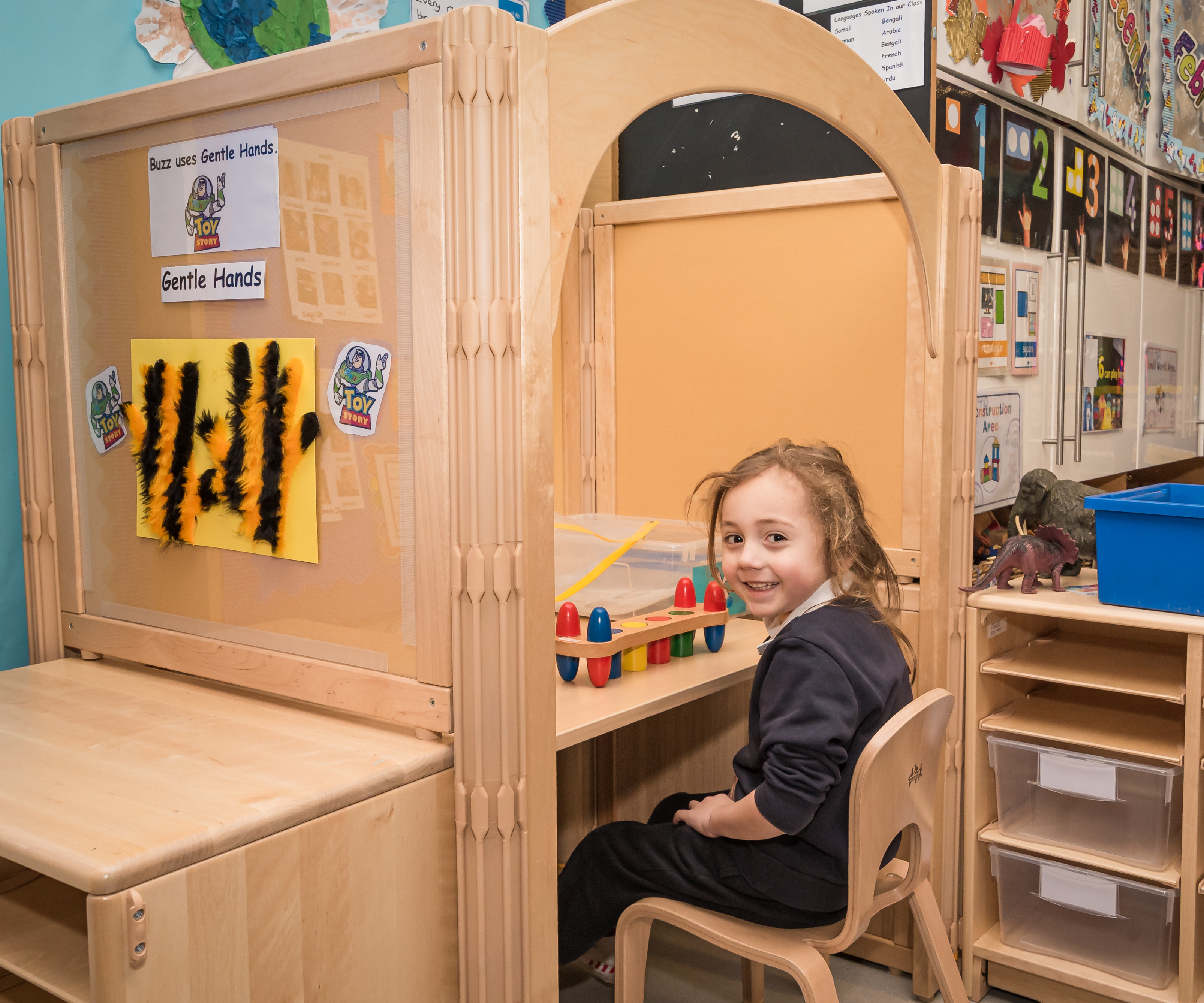
Workstation for primary school
Create a safe workspace for school-age children. The accessible storage can hold multiple work-boxes and creates an autonomous zone for quiet learning. There’s space at the height-adjustable table for larger projects or for a second person, and the transparent panel promotes supervised independence.
Shop primary setWorkstation for nursery
Create a safe workspace for nursery-age children that promotes independence. The table is height adjustable, and storage can be positioned for convenient access. Whether you need a place with a calming feel, good supervision, or capacity for adding communication charts, the choice of panels gives you agency in creating the perfect environment.
Shop nursery set
Compact workstation
for primary school
This workstation takes up less space, but there's still plenty of room for the student and a support worker at the height-adjustable table. The transparent panels promote supervised independence.
Shop compact primary setCompact workstation for nursery
Create a safe workspace for nursery-age children that promotes independence. It takes up minimal space in the classroom, and you can add storage with a tote shelf and containers. The table is height adjustable and the choice of panels gives you agency in creating the perfect environment.
Shop compact nursery set
Safe spaces
– Matt Bawler, Child Positive Mental Health and Wellbeing Specialist at Future Mind Foundations
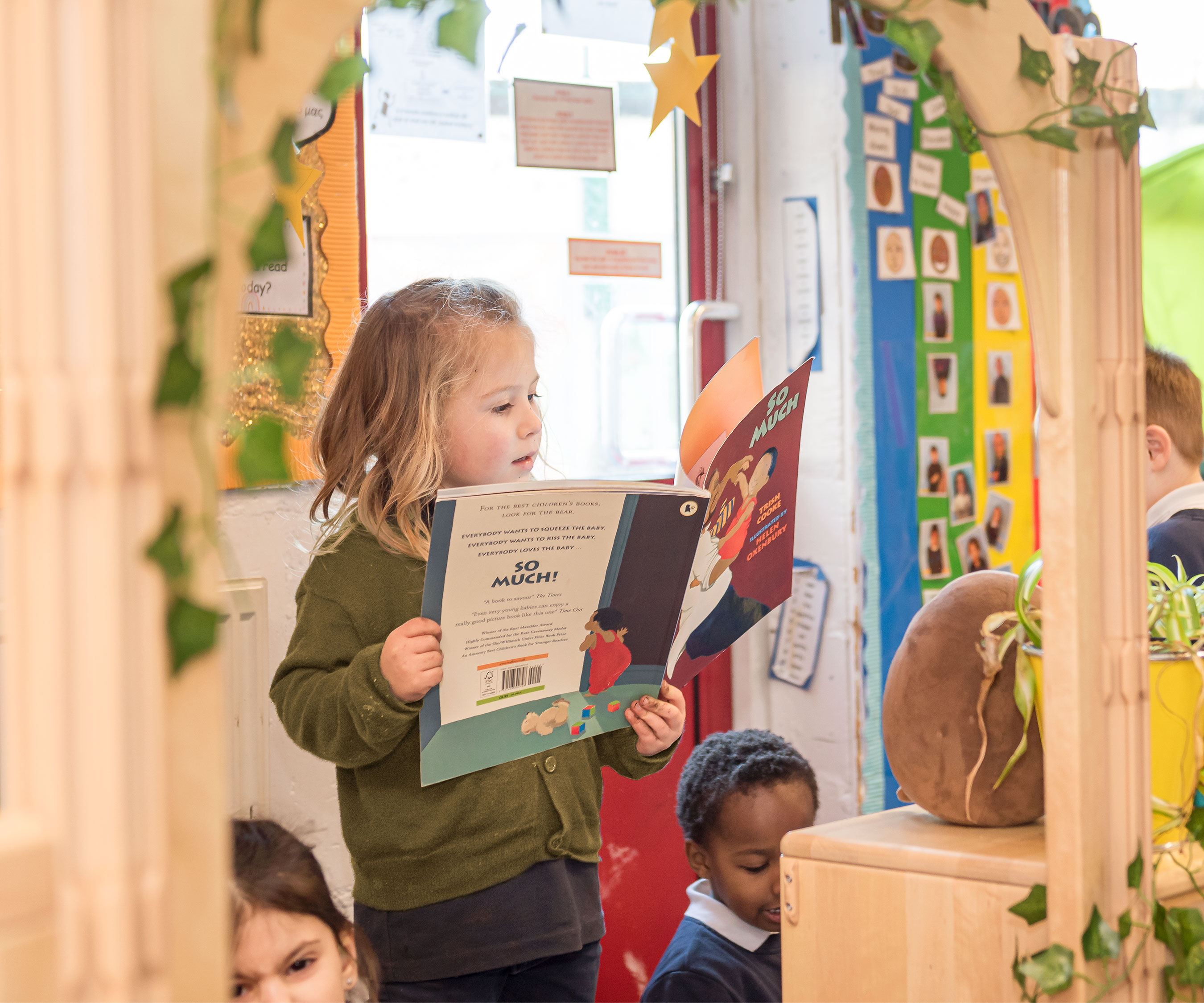
Large calm corners
Roomscapes dividers give flexibility in creating the perfect area. Group work can get overwhelming in an open room with everyone talking, and a defined space can be the office where creativity flourishes.
View productsSmall calm corners
Lots of security in a tiny space. Having a self-regulation destination allows students (and staff) to stay in the classroom. The illusion of privacy allows children to feel removed from the commotion.
View products
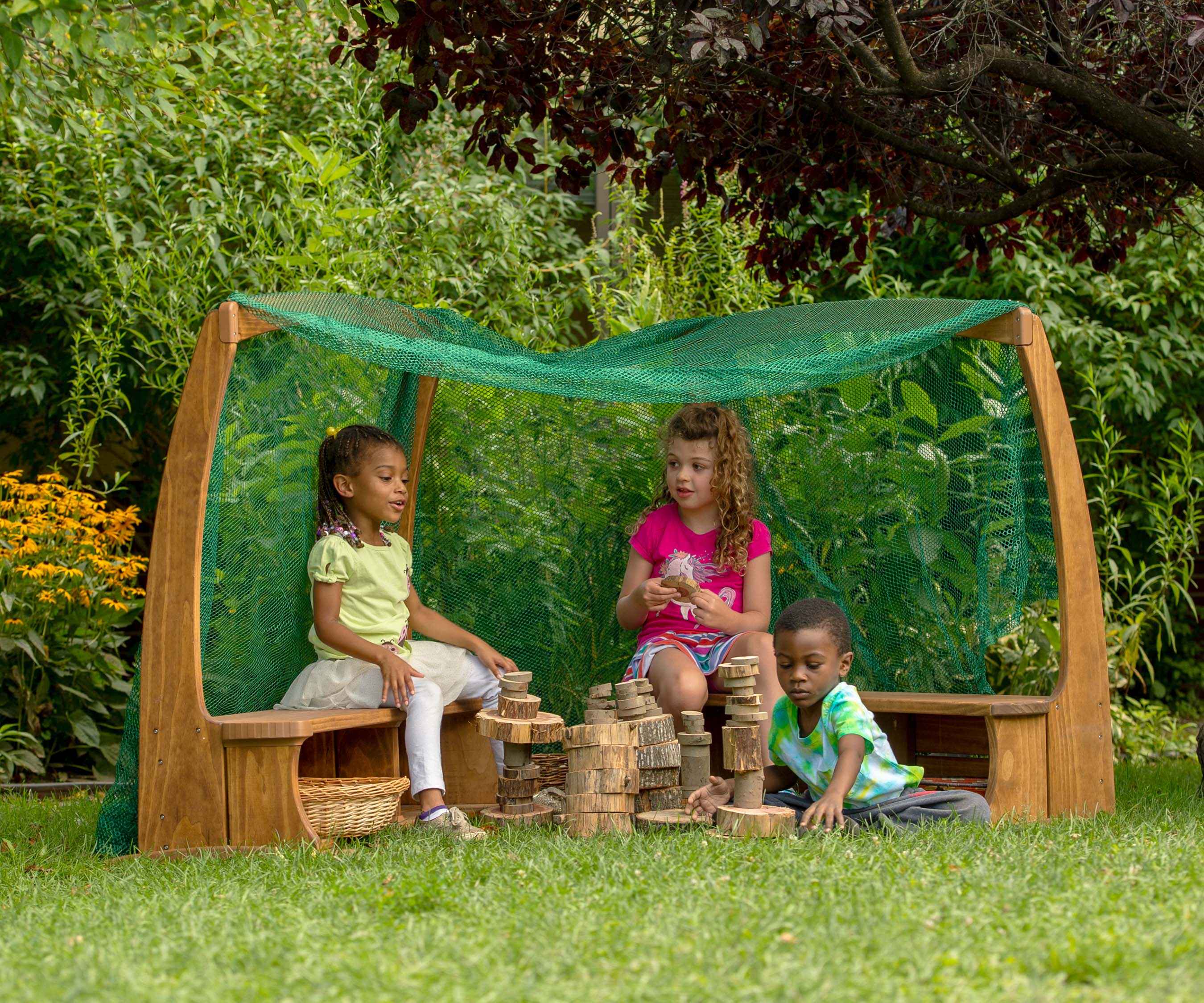
Outdoor hide-away
Everyone benefits from the outdoors. For some children, however, playgrounds are a sensory overload and a small protected corner offers the haven of peace and security they need to revitalise for the next activity. The Outlast arbour offers a vantage point where children can observe the outdoor play, and feel included.
View productSensory play
– Dr. Sue Allingham, Consultant, Author, Trainer
Indoor sensory play
Many children benefit from exploring textures and different materials. Sand and water can be a place where children with very different learning styles meet, and share common ground. It's a neutral, open-ended space with no fixed end product, and creativity takes the lead.
View products
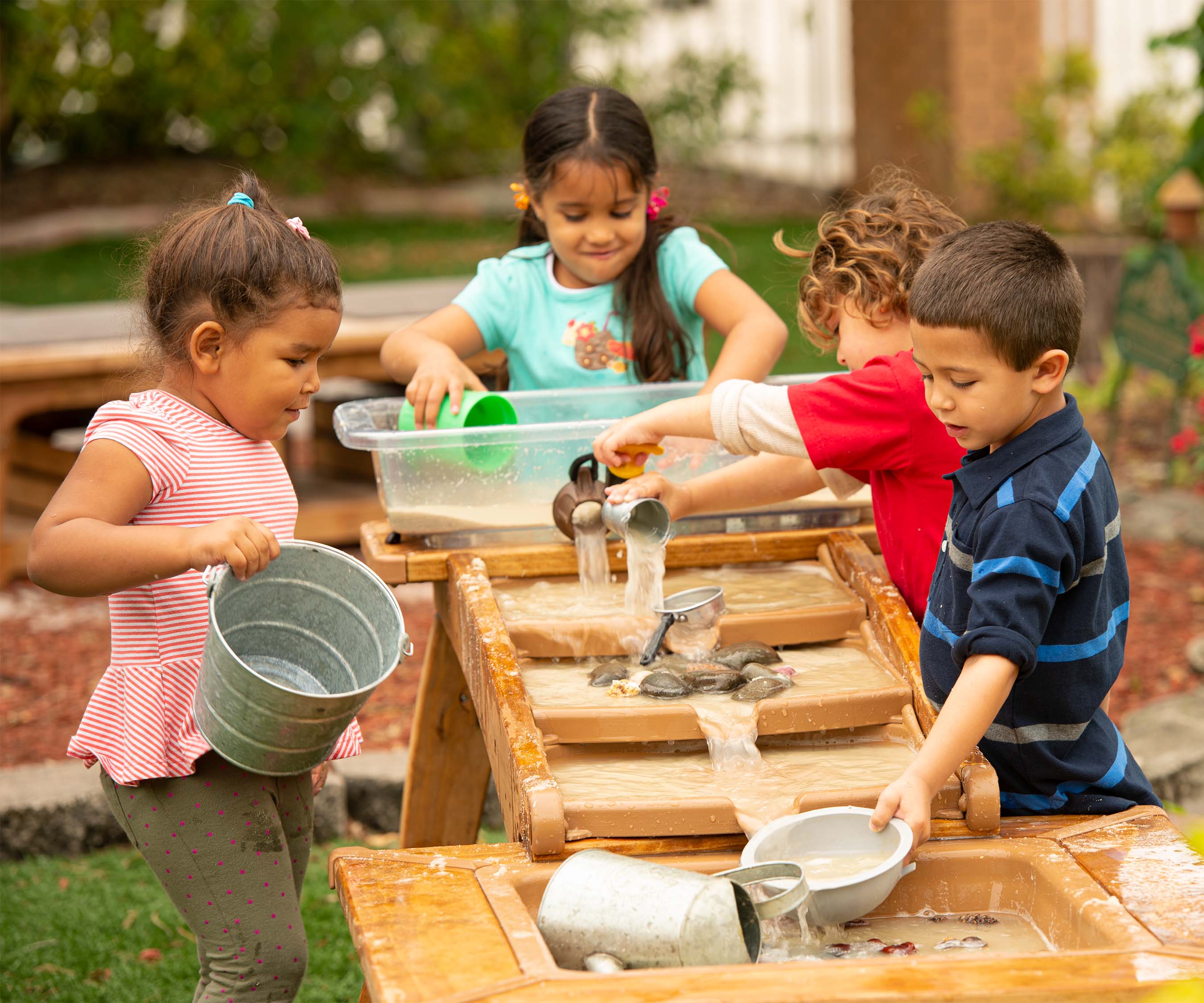
Outdoor sensory play
Water play outdoors is an activity that appeals to so many play types. It promotes social interactions while allowing for parallel play.
View products
